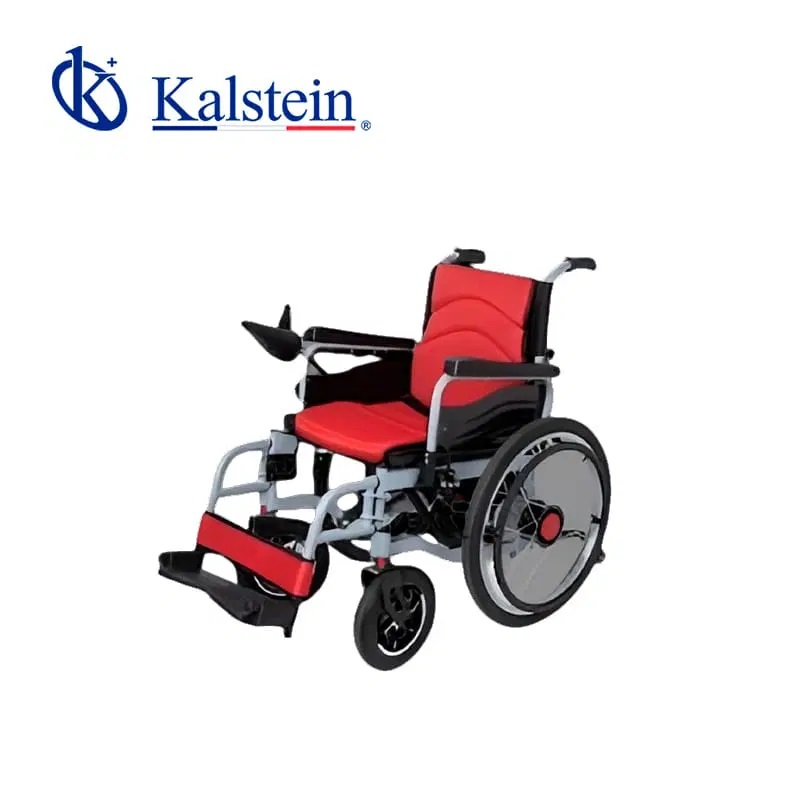In the last decade, the field of medical technology has seen significant advancements, and wheelchairs are no exception. This article explores the latest trends in medical line wheelchairs and how they align with innovations in medical equipment and developments in medical devices.
From mobility improvements to the integration of smart technologies, modern wheelchairs are transforming the lives of millions worldwide.
Electric Wheelchairs: The Mobility Revolution
Electric wheelchairs have been a game-changer in mobility for people with disabilities. Equipped with electric motors, these chairs offer autonomy and ease of use that manual wheelchairs cannot match. The latest generation of electric wheelchairs includes features such as the ability to navigate rough terrain, advanced suspension systems, and long-lasting batteries.
Moreover, innovations in medical equipment have enabled the integration of GPS navigation systems and Bluetooth connectivity, facilitating the remote location and control of the chairs. These features not only enhance mobility but also improve the safety and independence of users, allowing them to lead more active and autonomous lives.
Customization and Adjustment: Adapting to User Needs
One of the most notable trends in the development of medical devices is customization. Modern wheelchairs are designed to adapt to the specific needs of each user. This includes adjustments in height, backrest angle, seat depth, and footrest position. The ability to personalize these features ensures greater comfort and better ergonomics, reducing the risk of injuries from prolonged use.
Advancements in materials have also played a crucial role. Wheelchairs made from aluminum or titanium alloys are lighter and more durable, making them easier to handle and transport. Additionally, ergonomic cushions and backrests made from viscoelastic materials provide optimal support, conforming to the body’s shape and distributing weight evenly.
Smart Technology: The Era of Connected Wheelchairs
The integration of smart technology into wheelchairs is a growing trend. These chairs are equipped with sensors and communication devices that allow for real-time monitoring and adjustment of their operation. Automatic diagnostic systems can alert users and service providers to mechanical issues or the need for maintenance, enhancing safety and extending the wheelchair’s lifespan.
Another key innovation is control capability through mobile devices. With specific applications, users can adjust their chair’s settings, check battery status, and receive maintenance alerts from their smartphones. This connectivity also facilitates integration with other medical devices, creating a more cohesive and efficient health ecosystem.
Autonomous Wheelchairs: A Glimpse into the Future
One of the most exciting innovations in the field of wheelchairs is the development of autonomous models. These chairs are equipped with autonomous driving technology similar to that used in self-driving vehicles. Using a combination of cameras, sensors, and artificial intelligence algorithms, autonomous wheelchairs can navigate safely in complex environments, avoiding obstacles and following predetermined routes.
Although still in the experimental phase, these chairs promise to revolutionize mobility for people with severe disabilities, allowing them to move independently without constant assistance. Developments in medical devices continue to advance in this area, aiming to make this technology accessible and affordable for all users.
Sustainability and Energy Efficiency: A Commitment to the Environment
Sustainability is a growing concern across all sectors, and the wheelchair industry is no exception. New wheelchairs are being designed with a focus on energy efficiency and the use of sustainable materials. Long-lasting batteries and fast-charging systems are some of the innovations making these chairs more environmentally friendly.
Additionally, research is being conducted into using recycled and biodegradable materials in wheelchair manufacturing. This approach not only reduces environmental impact but can also lower production costs, making high-quality wheelchairs more accessible to a broader range of people.
Accessibility and Affordability: Democratizing Mobility
Despite technological advancements, one of the most significant challenges remains the accessibility and affordability of modern wheelchairs. Innovations in medical equipment should not be exclusive to a privileged segment of the population. Therefore, many manufacturers are focusing their efforts on developing models that are both advanced and affordable.
Subsidy programs and supportive government policies also play a crucial role in this aspect. Collaboration between manufacturers, health institutions, and governments is essential to ensure that all individuals with disabilities have access to the best available technologies. Developments in medical devices must be inclusive, ensuring that every innovation reaches those who need it most.
If you’re seeking a blend of innovation and quality, you’ve come to the right place. At https://kalstein.de/category-product/medical-line/wheelchair/ we offer you the luxury to explore our exclusive catalog of laboratory equipment. We manufacture each piece of equipment with a level of excellence. Our intuitive and agile online shopping channels are designed for your convenience, ensuring the friendliest prices. Don’t hesitate any longer, we bring science to life, it’s time to become part of our community. https://kalstein.de/

